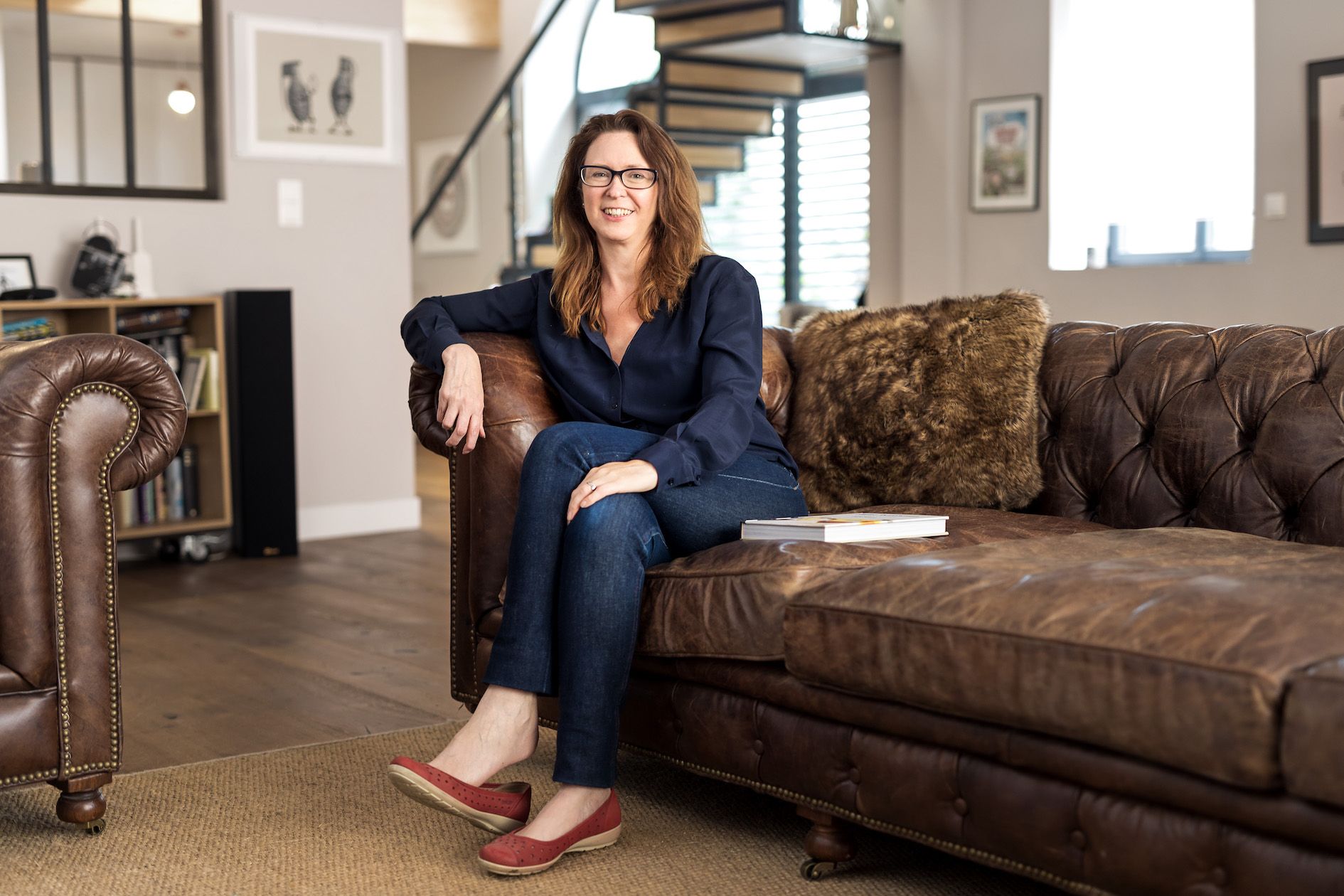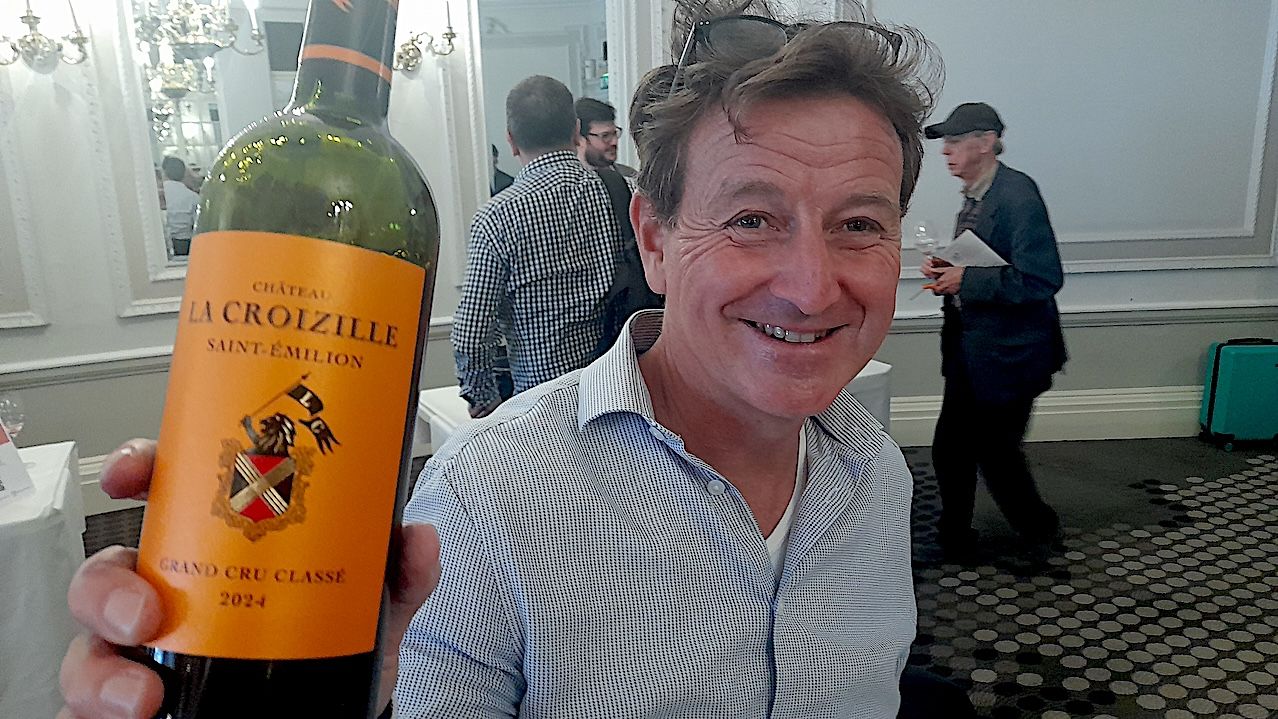In addition to this interview Anson has supplied a coda which tells the remarkable story of how her new book was actually published from its original origin in China to a publisher in North Italy.
What’s the mood in Bordeaux right now? What’s happening there in terms of lockdown? Presumably people can still get to the vines/ wineries?
I think it’s fair to say that it’s as surreal and confusing here as it is everywhere. Wineries are considered essential businesses, and are open, but workers are following safety rules, with just essential staff, and only working in isolation.
On the one hand the vines are continuing to grow, budding is fully underway and so far the weather has been promising, although the frost has been stressful, with many estates having to video conference between teams to work out how to deal with it, and having to lay straw and burn torches while still maintaining the allowed distancing from each other. But commercially everything has ground to a halt, and we are waiting to see what will happen with En Primeur. There are also complications with wine pickups and deliveries.
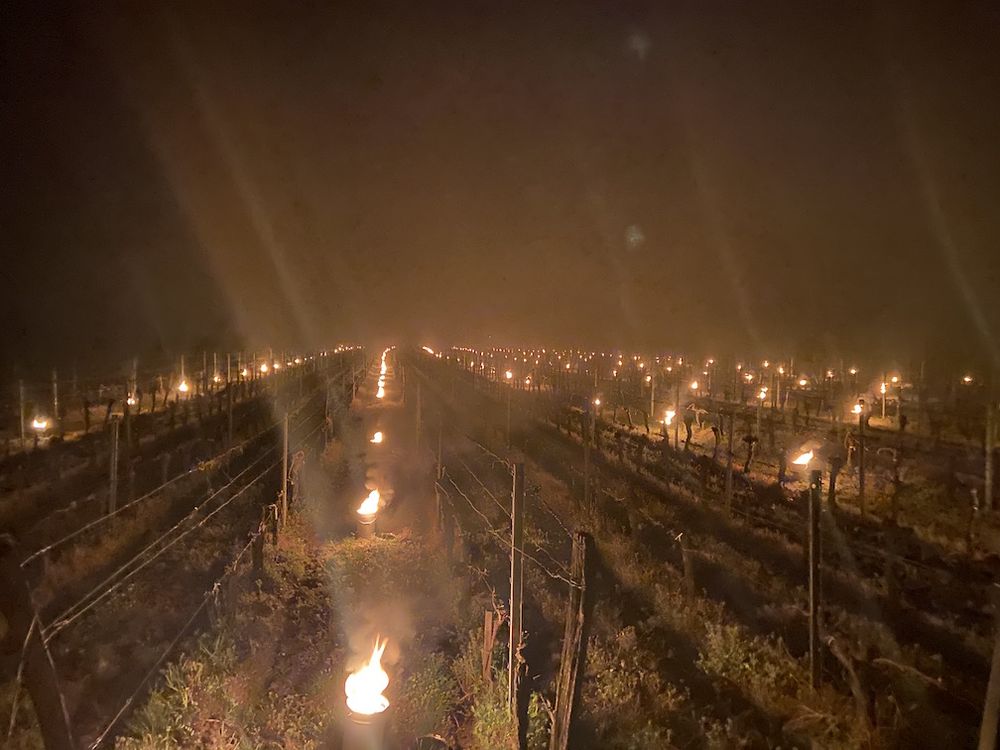
The end of March had a cold snap, summery days and then two very cold nights on March 30 and 31 with, thankfully, very little damage. © Château d’Arcole
1sttime in many years that we have not had En Primeur – what effects will that have on the business there do you think?
The problem right now is not knowing when things will open up again. Will there be a campaign in June and July? That is what is hoped, but nothing is certain yet. There are some discussions over whether to put the entire thing back til September, or simply to not hold it at all this year, or to push for it to happen in June or July. No decision seems to have been taken at this point.
Do you think more people will join Latour long-term and opt out of En Primeur?
If they do, it is unlikely to be as a result of COVID-19. This comes on top of a slowdown in China (independent of this year), Trump tariffs and Brexit, so the cash flow of En Primeur would have been a life saver for many smaller estates.
Tell us about your latest book Inside Bordeaux. Who’s the book aimed at?
Anyone who is interested in Bordeaux. I hope that it genuinely moves forward the conversation about the region – I have tried to ask new questions and to approach what we know about Bordeaux in a different way. So, for example, I talk about the history of Bordeaux through looking at waves of different nationalities who have come here over the years, from the Romans to the Irish to the Chinese, pointing out that Bordeaux has been built on immigration. And I showcase estates who are working in organics or biodynamics, or with rare grape varieties or with pre-Phylloxera vines, as well as the traditional classified properties that you would expect to find in a book of this type.
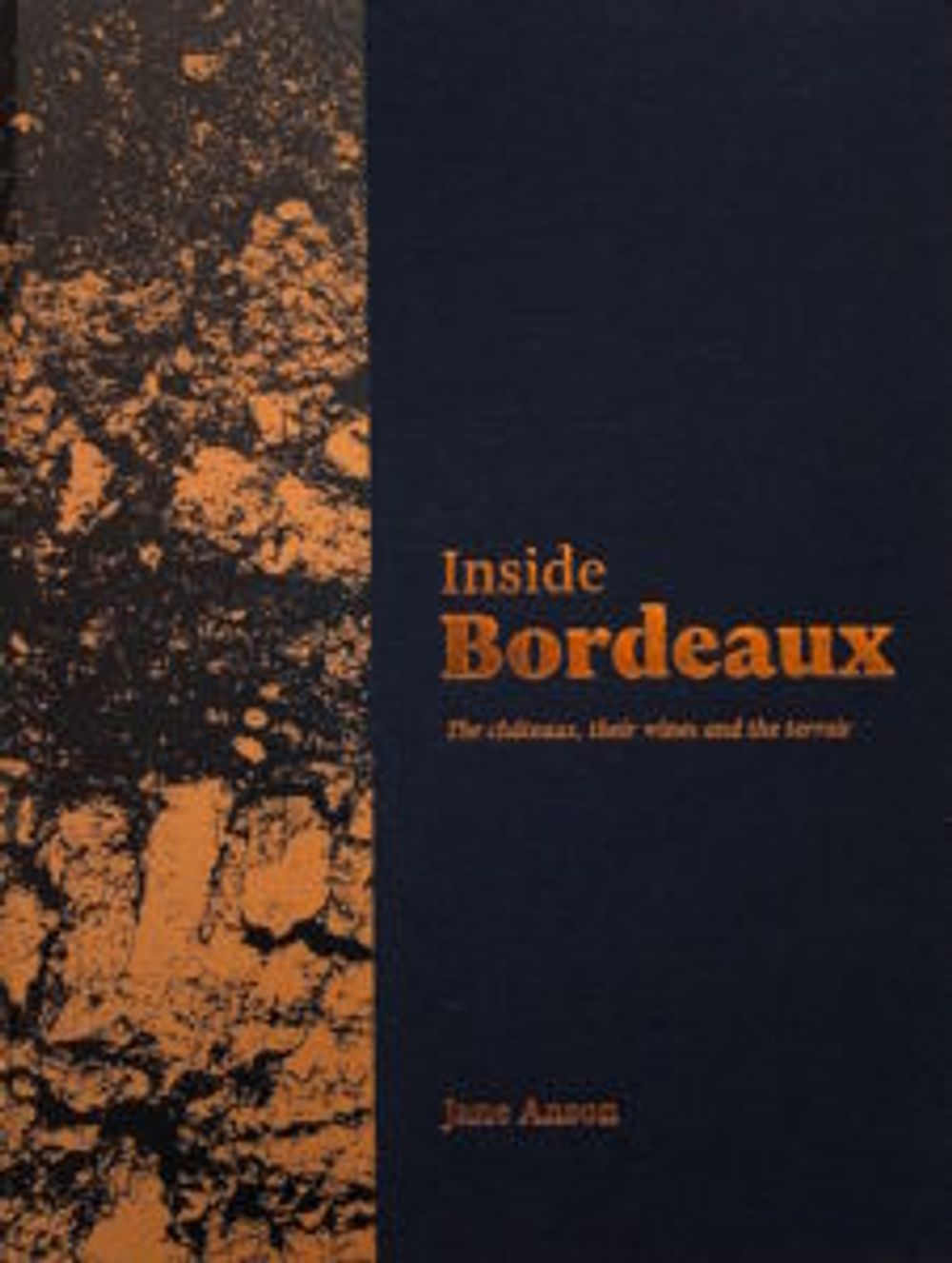
Is there a particular angle or stance?
This is a big book (700 pages with more than 60 maps) covering a wide range of things about Bordeaux, but there is a significant concentration on the terroir of Bordeaux, and how that impacts the taste of the wine – a subject that is not often covered in this region.
And it’s important to say right upfront that although I have researched and written all the text myself, this is not a book I have done alone. For a start I had Kees van Leeuwen (professor of viticulture at Bordeaux Sciences Agro and Bordeaux’s Institute of Wine and Vine Science) as scientific advisor, plus cartographer and all-round essential expert. He has drawn or overseen all maps created specfically for this book, and these I am sure are going to be fascinating.
We have shown, for example, all the gravel terraces across the Left Bank, or all the limestone sections across the Right Bank. My job was to translate this into something understandable for us mere mortals, and to show what it means in the glass. It’s been fascinating work, and I am so thrilled to be able to share it with people now. And these are not just maps by the way, but gatefold maps!!!! Just beautiful to look at, and very easy to read.
What are you trying to explore that your previous books haven’t?
This is so different from the books that I have written before. It’s far bigger in scope for a start and it’s about simplifiying the relationship between Bordeaux and its drinkers. It’s extremely detailed, but the hope is that it breaks down the different parts of Bordeaux in a way that is clear and easy to understand.
There are some similarities though. When I wrote my first book Bordeaux Legends, about how the First Growths became the First Growths – so what was so different about those five estates that they ended up at the top of the tree – I was aware that no one had tried to write a book about that particular story before, and it made me determined to try it. I’m hugely proud of having written it, because I genuinely think it adds something new to the conversation about Bordeaux.
With Inside Bordeaux I hope to be doing the same thing – to be asking new questions about Bordeaux, and why its wines taste the way they do, and are able to age in this quite extraordinary way. It will attract I am sure a few criticisms, but I wanted to ask questions that I didn’t have answers to.
Do you think terroir is the key to better understand Bordeaux?
Yes, I absolutely do. I think we need to start assessing Bordeaux in the way that we more typically do for other fine wine regions such as Burgundy, Barolo, the northern Rhône – by its soils, and by how these individual soils react to different growing conditions year on year. You’ll find this topic covered in detail in the chapter on Bordeaux terroirs, and you will see regular references to soils and climate within the château entries – along with clear ways to interpret terroir when it comes to purchasing decisions.
It is easy to dismiss the idea of terroir in Bordeaux, but it is key to understanding the châteaux and their vintages. This huge region is just over four times the size of Burgundy and its location at the confluence of two major rivers, its dozens of local climates and types of rocks, soils and slopes, go way beyond the broad-brush division into Left Bank and Right Bank. Unlocking these factors helps to understand why wine styles vary across the region, and how to choose wines in different vintages – because despite the myriad advances in vineyard and cellar, the quality of a particular year’s wine in this ocean-influenced part of France remains highly dependent on how the soil and the weather interact.
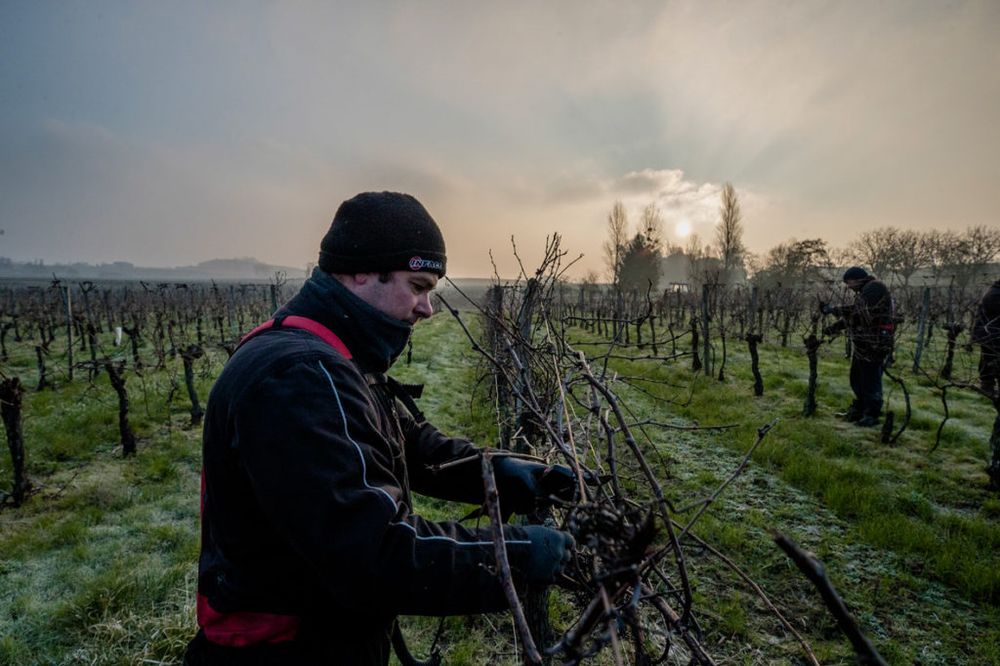
There is considerable ongoing research into finding better and more environmentally sound viticulture methods, with Bordeaux lucky to be a truly world leading centre of research.
Is Bordeaux changing for the better?
In many ways yes. But it can still be a frustrating place – for example too many châteaux are still unwilling to show their human side for fear of… I’m not sure what exactly.
What percentage of wineries are biodynamic now and is that on the increase?
Environmentally-aware farming is clearly becoming more and more important across the region, and you will see many references throughout the book to this (it was also one of my selection criteria when deciding which of the many thousands of Bordeaux châteaux to write about). The push has come not only from individual châteaux and consumers – but also from the Bordeaux institutions: so in 2008 the CIVB came up with the Climate Plan 2020 to decrease the carbon footprint and generally encourage a more sustainable vineyard.
In terms of organic and biodynamic estates, I give figures per appellation in the individual chateaux, but can point to for example Castillon and Francs as being among the highest percentages (well over 50%) for this kind of farming. Overall figures for the Gironde region in 2018 stand at 608 certified-organic estates and 7,867 hectares, with a further 2,950 hectares in conversion to certification – a rise of 55 per cent from 2017 alone.
Name six wineries that are not on the radar that you think sommeliers should be picking up on?
Clos Manou AOC Médoc,
Annereaux AOC Lalande de Pomerol,
Gombaude-Guillot AOC Pomerol,
Closerie St Roc Vin de France (but located Puisseguin St Emilion),
Lamarque AOC Haut Médoc,
Domaine Uchida AOC Haut-Médoc.
How did you end up being a world expert on Bordeaux?
Ignoring the fact that I would never claim that title, I would say luck and hard work always help master any subject. I moved here in 2003, and quickly realised that if I was going to be living here, I had better start studying. Studying for the DUAD diplôme de degustation with the Institute of Wine and Vine Science was key. And I was lucky enough to have people around who took me seriously and helped me – Jean Michel Cazes, Jean Claude Berrouet and Denis Dubourdieu I would particularly point to.
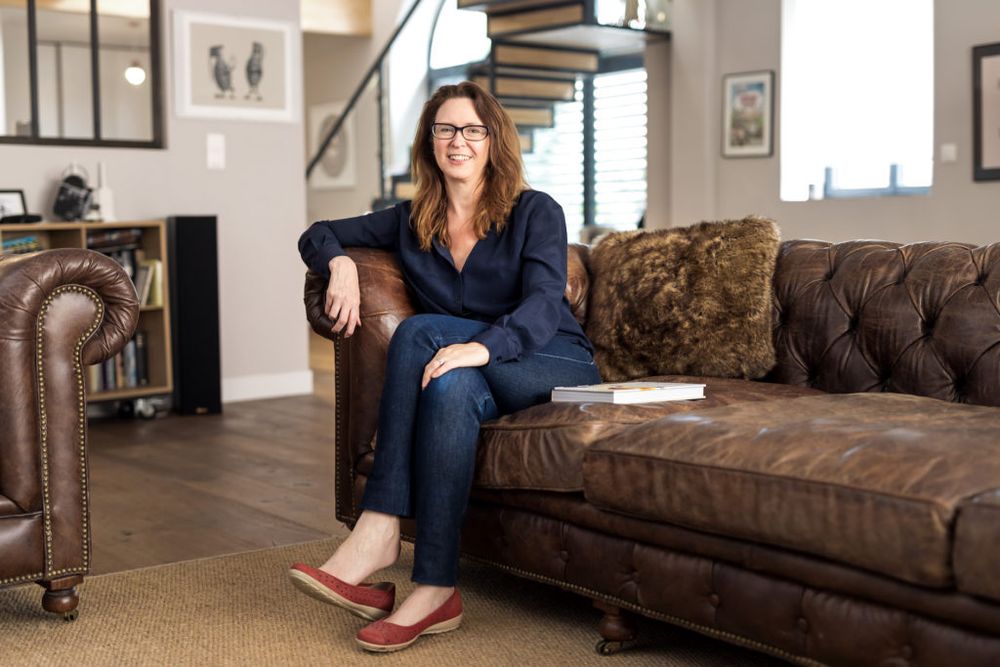
Jane Anson at home in Bordeaux
Are there any particular advantages/ disadvantages of it being your speciality?
Advantages – people might love to hate Bordeaux, but there is always an interest in it, which is extremely helpful as a freelancer. It has allowed me to build a sustainable career just from tasting and writing about wine, which I am aware is not the usual thing for wine writers, and I am very grateful for that.
Disadvantages – pigeonholing, of course. I love love love Burgundy wines, but rarely get the chance to explore them as deeply as I would like. Ditto wines from Piedmont.
What are the major challenges facing Bordeaux currently?
Global warming, obviously. Pesticide useage and the general need to move away from traditional methods of fighting disease. And the drop of interest in Bordeaux from younger wine drinkers, not helped by the fact that, as I mentioned in an answer above, too many estates here seem unwilling to show their human side.
How will they be rectified do you think?
There is a ton of research going on regarding global warming and finding better and more environmentally sound viticulture methods. Bordeaux is lucky to be a truly world leading centre of research, with the help of professors such as Van Leeuwen who worked with me on this book. As for reaching the new generation of wine drinkers, I hope that some of them can see through this book that there is a ton of interesting developments going on in this region, with young passionate winemakers who care about what they are doing.
Do you think the Gen Y and Z understand Bordeaux?
I think that certain sections of Bordeaux are not trying hard enough to understand them, and simply waiting for them to ‘grow into’ Bordeaux wine.
How do you think that they can be encouraged to explore Bordeaux more? Where should they start?
Definitely with some of the suggestions that I have given in the book! I give as much space (in terms of pages, plus info per estate) to châteaux in Fronsac as St Julien, Lalande de Pomerol as Pauillac. For each property I absolutely have tried to think ‘why should you care about it, what are you going to find in the bottle, and who is behind it’. It is these stories that are what we all care about in wine, and there are a million of them in Bordeaux, if you know where to look.
Clairet – Bordeaux’s great ‘undiscovered’ secret?
Hmmm, sorry but not for me. There are some brilliant clairets here, but I prefer a paler style of rosé. Is that heresy for the author of Inside Bordeaux??!!! I think the great undiscovered secret of Bordeaux is its white wine.
The CIVB has been trying to get people to discover Bordeaux blanc in recent years. Is that having an effect?
Yes to a certain extent. Currently only nine per cent of Bordeaux wine production is white – and of that one-fifth is sweet and four-fifths dry. But this is reflective of fashion and of consumer demand just as much as it is of terroir – in fact, there is great potential for white grapes in many parts of Bordeaux. Heading back into (still-recent) history, in 1969 white wines accounted for 59 per cent of all declared harvests by winemakers across the region. Red wine surpassed whites for the first time in 1970.
If you go back to the time of Eleanor of Aquitaine, and right up to the 1500s, certain districts such as St-Emilion were pretty much purely white wine. There are particular spots of Bordeaux that have high potential for good whites – and not all of them are making the most of this right now. I would put these as: – Listrac – Barsac and just to the north of Barsac into Graves (around Clos Floridène) – St-Emilion’s limestone plateau – Entre-deux-Mers’ loamy plateau and the hard limestone sectors around Grézillac – Bourg around Treuillac – Blaye in the northern section.
Saturday night – you want to open a bottle of something special for you and your partner – what’s it going to be?
I don’t have a ton of older wine, my ‘collection’ starts really at the 2005 vintage. Which just happens to also be my favourite of the past 20 years. Lots of the big wines from 2005 are not ready to drink yet, but I would pick out a delicious but not ‘top’ St Julien, maybe Château Gloria. Can’t go wrong.
The truly heroic efforts to get Inside Bordeaux published….
Can I add by the way the nail-biting finish to getting the book printed and delivered, just as a way to say a special thank you to our amazing printing house in Italy? Printers, and the production team in general, are often the silent partners in the process of getting a book out into the world, but in this case they have truly been heroic.
My wonderful publishers Chris Foulkes and Carrie Segrave, who run BB&R Publishing in London, often print books in China. Back in January, just as Inside Bordeaux was being sent off to press, it seemed like a particularly fortuitous move that this time, with the complex maps and the gatefolds, they had decided to use a high-quality printer, Graphicom, in… northern Italy.
At first, all was fine. China basically shut down – and then mass publishers switched their work to Europe, printers got frantically busy, and the supply of paper suddenly dried up. We had an agonising wait – this was late February by this point – for more paper to be made for us. And then Italy started to lock down. Our production director flew out on an empty plane to oversee the print run – and only just made it back. (She was assured by the Italians that grappa would protect her – happily it did!). Then – with the book at last printed but not bound – the Italian government closed all ‘non-essential’ factories. We were in despair. But the print industry persuaded the government that print-works must stay open: communications, freedom of information…. The decision was: printers, yes – binderies, no!
Luckily Graphicom’s bindery is (unusually) integral to their print works, and the books were bound. Next, finding a truck company (and driver) that would agree to bring the books to England. We, for our part, were hearing stories of closed borders, delays at Calais, etc. They found just one truck, and so two thirds of the books are on their way and are due to be delivered this week.
Of course, this is just one tiny drama amid far greater, far more important ones. But I am so incredibly grateful to Graphicom for their work, and for their continuing to care about this book against everything else that has been going on.
How to get a copy of Inside Bordeaux by Jane Anson
In the UK the book will be available exclusively from Berry Bros. & Rudd at the end of April – exact date to be confirmed. Please watch for alerts and social media posts.
In the USA the book will be available from Sotheby’s at a date to be announced. Please watch the website and communications for further notice.
